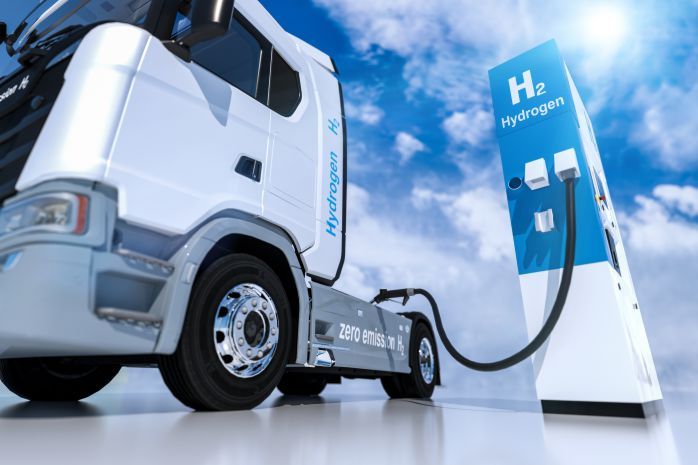Countries around the world have set the strategic objective of reaching net-zero as soon as possible. One of the key enablers is the rapid development of the hydrogen economy. Vast amounts of public and private money are being invested in the production, storage and transportation of hydrogen as well as the fuelling station network for the increasing range of hydrogen vehicles.

As the hydrogen economy rapidly develops, safety must be the top priority. Standardisation is a key step on this journey to net-zero. The ISO 19880-1:2020 Standard is very specific about the requirements for grounding and bonding, including for hydrogen delivery systems such as trucks or trailers. The Standard states that electrical resistance between metallic parts connected or in contact together should be less than 10 ohms.
Each day there are fires and explosions caused by the ignition of flammable and combustible chemicals. One of the most common causes of the ignition is a spark caused by a sudden discharge of accumulated static electricity.
When two differing materials move against each other, electrons can be exchanged, leaving an excess of positive charge on one material and an equal negative charge on the other. This is the generation of static electricity. During the transfer or processing of a material, significant amounts of static charge can accumulate very quickly, leading to the rapid increase of voltage on the object (e.g. road tanker).
Voltages can rapidly exceed the break-down voltage of the surrounding atmosphere and create the risk of a sudden discharge to a nearby conductor in the form of a spark.

The amount of energy released by this sudden discharge can easily exceed the Minimum Ignition Energy (MIE) of the potentially flammable atmosphere and thereby lead to a fire or explosion.
The most effective way of avoiding a sudden static discharge is to ensure the object is grounded before and during the process by providing a low resistance path to true ground so that static electricity does not accumulate.
The reason that controlling static electricity is so important for hydrogen safety is that the MIE is only a fraction of that of other fuels. The very small amount of energy required to ignite hydrogen means that it is classified within Gas Group IIC (Gas Group B in the US).
Newson Gale’s Earth-Rite® II RTR is dedicated to grounding road tankers and large vehicles. It is certified to be installed and used in IIC environments, unlike many alternative systems.
International Standard
ISO 19880-1:2020 Gaseous Hydrogen – Fuelling Stations
10.2.3 Protection from ignition due to the accumulation of static charge
“The electrical resistance between metallic parts connected or in contact together should be less than 10 ohms.”
The Newson Gale Earth-Rite® II range of grounding systems continually monitor the connection resistance to a 10 ohms or less permissive threshold, and this has been verified by a third-party testing house.
Please visit our website to find out more:
www.newson-gale.co.uk

